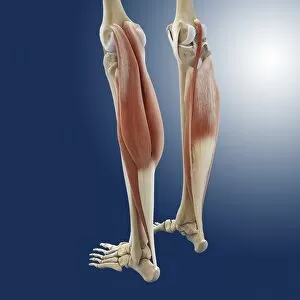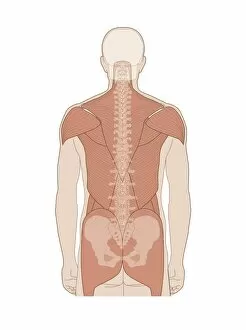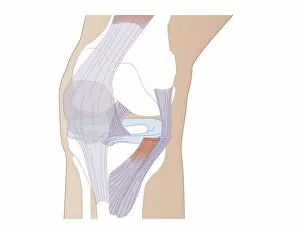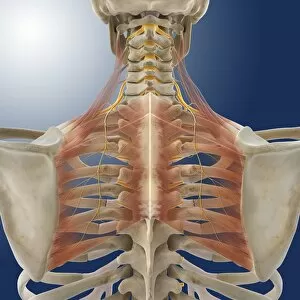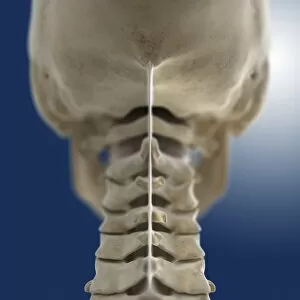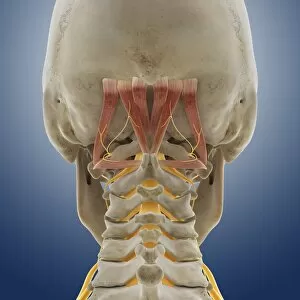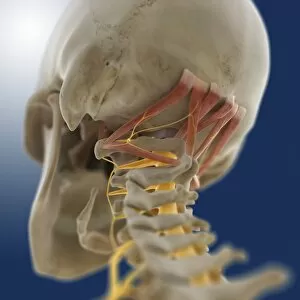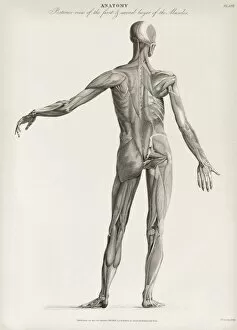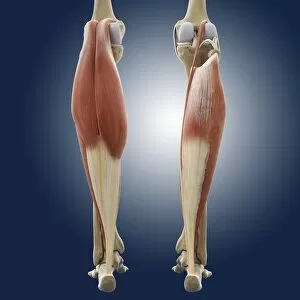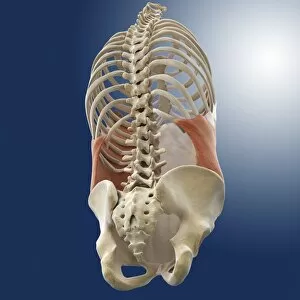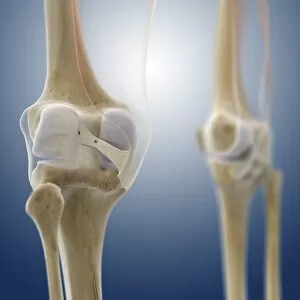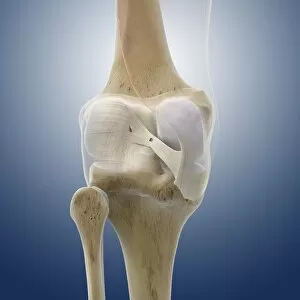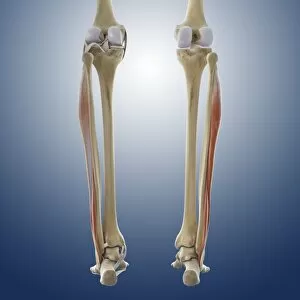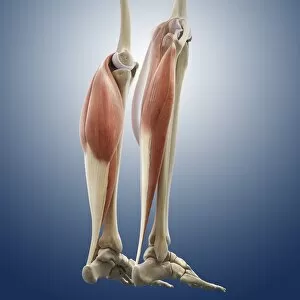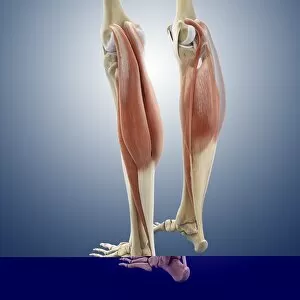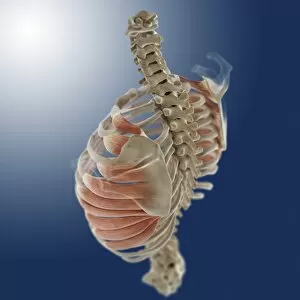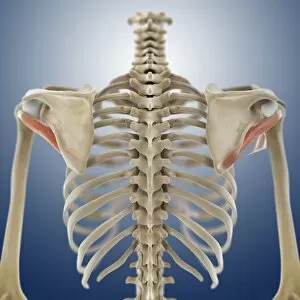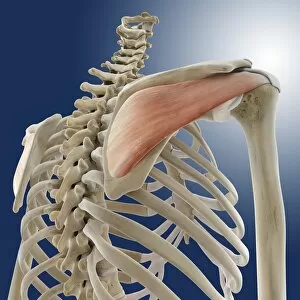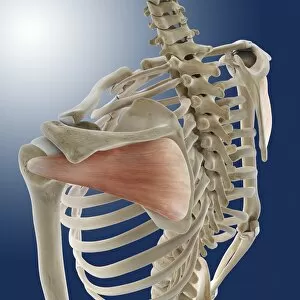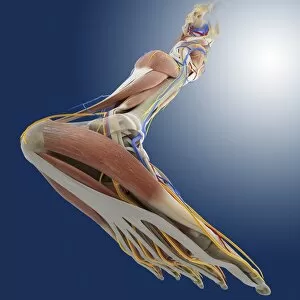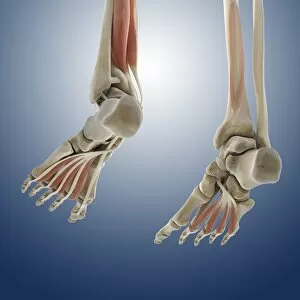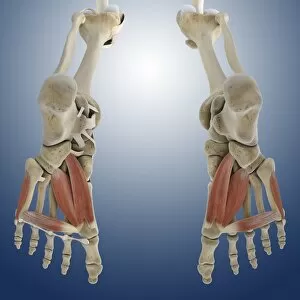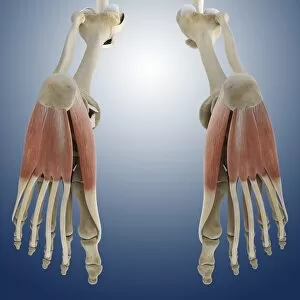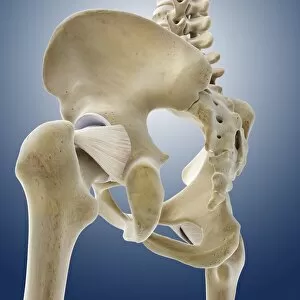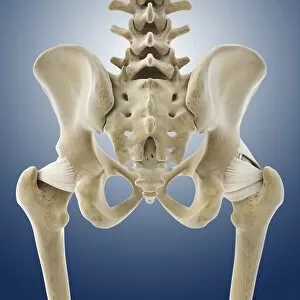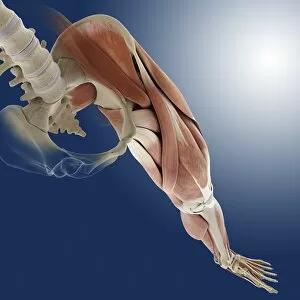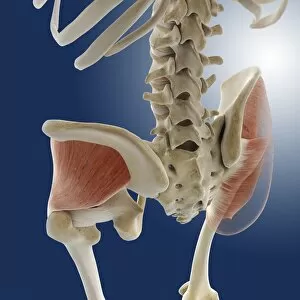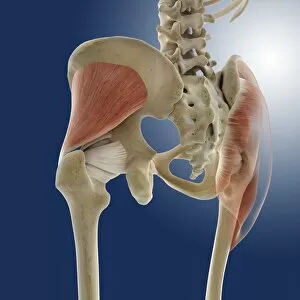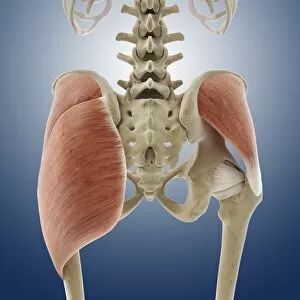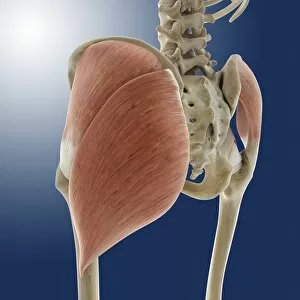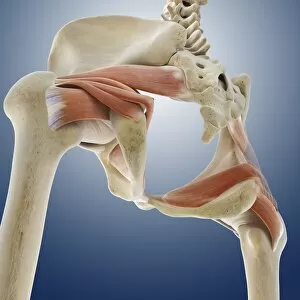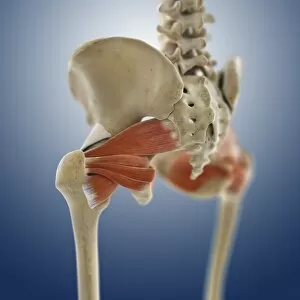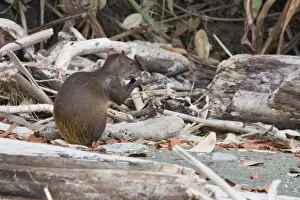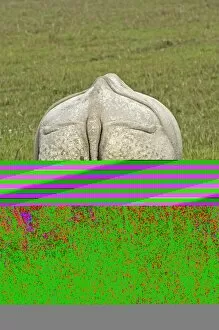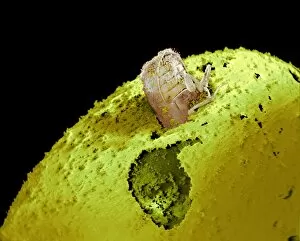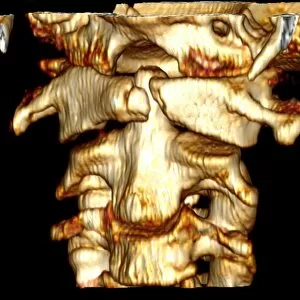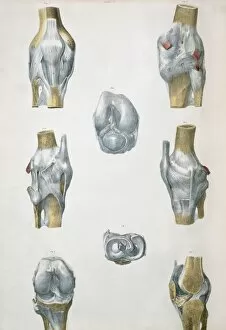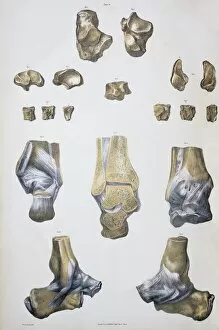Posterior Collection (#6)
"Exploring the Fascinating Posterior
For sale as Licensed Images
Choose your image, Select your licence and Download the media
"Exploring the Fascinating Posterior: A Journey through Human Anatomy and Art" Step into a world where science meets art as we delve into the intricate details of the posterior. From Julien Bougle's captivating artwork to detailed anatomical studies, prepare to be amazed by the wonders that lie behind us. Julien Bougle's masterpiece showcases the human body with superimposed colored plates, highlighting its complexity and beauty. As we move closer, our focus shifts towards skull anatomy, where every bone tells a story of our past. The four views of the heart remind us of its vital role in sustaining life, while also showcasing its elegance from different angles. The seated male model immortalized on millboard captures both strength and vulnerability, allowing us to appreciate the intricacies of muscle structure. But let's not forget about one area that often goes unnoticed – the gluteal muscles in our buttocks play an essential role in our daily movements. As history unfolds before our eyes with "The Ides of March, " we witness how even ancient civilizations recognized the significance of this region. Moving deeper within ourselves, we explore engravings depicting roots of lungs and posterior pulmonary plexus seen from behind – a reminder that there is always more than meets the eye. Intriguingly detailed pen & ink studies reveal male nudes after 1501-2, capturing both vulnerability and strength simultaneously. And just when you think you've seen it all, a pair of broad bottoms depicted in vibrant colors reminds us that art has no boundaries when it comes to exploring every aspect of humanity. So join us on this captivating journey through time and space as we unravel secrets hidden within our own bodies' posterior regions. Let curiosity guide you as you discover new perspectives on what lies beneath - for there is much more than meets the eye when it comes to understanding ourselves fully.

